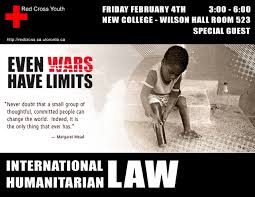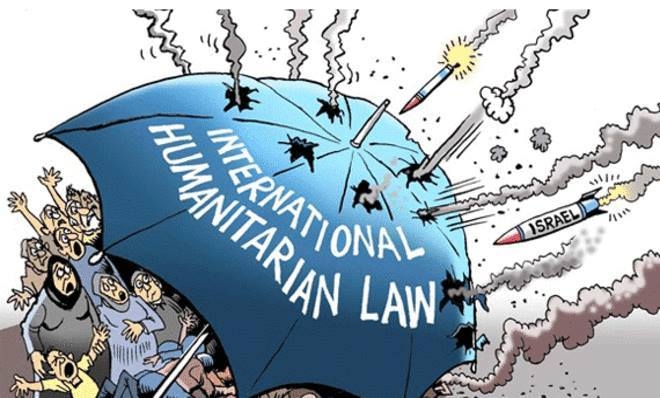
They are forced to decide between remaining undocumented, crossing dangerous lines of contact to obtain State documentation or seeking alternative documentation issued by armed non State actors or other actors.ĭrawing attention to this dilemma, this talk analyses how legal identity is protected under international law. In these situations, individuals living outside the control of the de jure government struggle to access birth registration and civil status documentation providing evidence of births, deaths and marriages. By referring to the situation in Syria, Iraq and Ukraine, this talk examines how the right to legal identity comes under intense pressure when armed groups control territory.

Section 5 ascertains the relationship between the two bodies of law and Section 6 considers some of the difficulties with the application of international human rights law in time of armed conflict.Please note change of date for this lectureĪlthough Sustainable Development Goal 16.9 states that by 2030 there should be ‘legal identity for all’, there remains little understanding of how the term ‘legal identity’ should be understood and how it can be best protected in complex environments. Given that international humanitarian law applies during armed conflict, Section 4 considers whether there is a need for international human rights law also to apply. Section 3 explores the similarities and differences between international humanitarian law and international human rights law, comparing and contrasting their historical origins and conceptual approaches. Section 2 considers the nature of international humanitarian law and identifies some of its cardinal principles and key rules.

International humanitarian law protects the civilian population from the ravages of conflict, and establishes limitations on the means and methods of combat. This chapter examines international humanitarian law, the principal body of international law which applies in times of armed conflict, and which seeks to balance the violence inherent in an armed conflict with the dictates of humanity. Thought, expression, association, and assembly


 0 kommentar(er)
0 kommentar(er)
